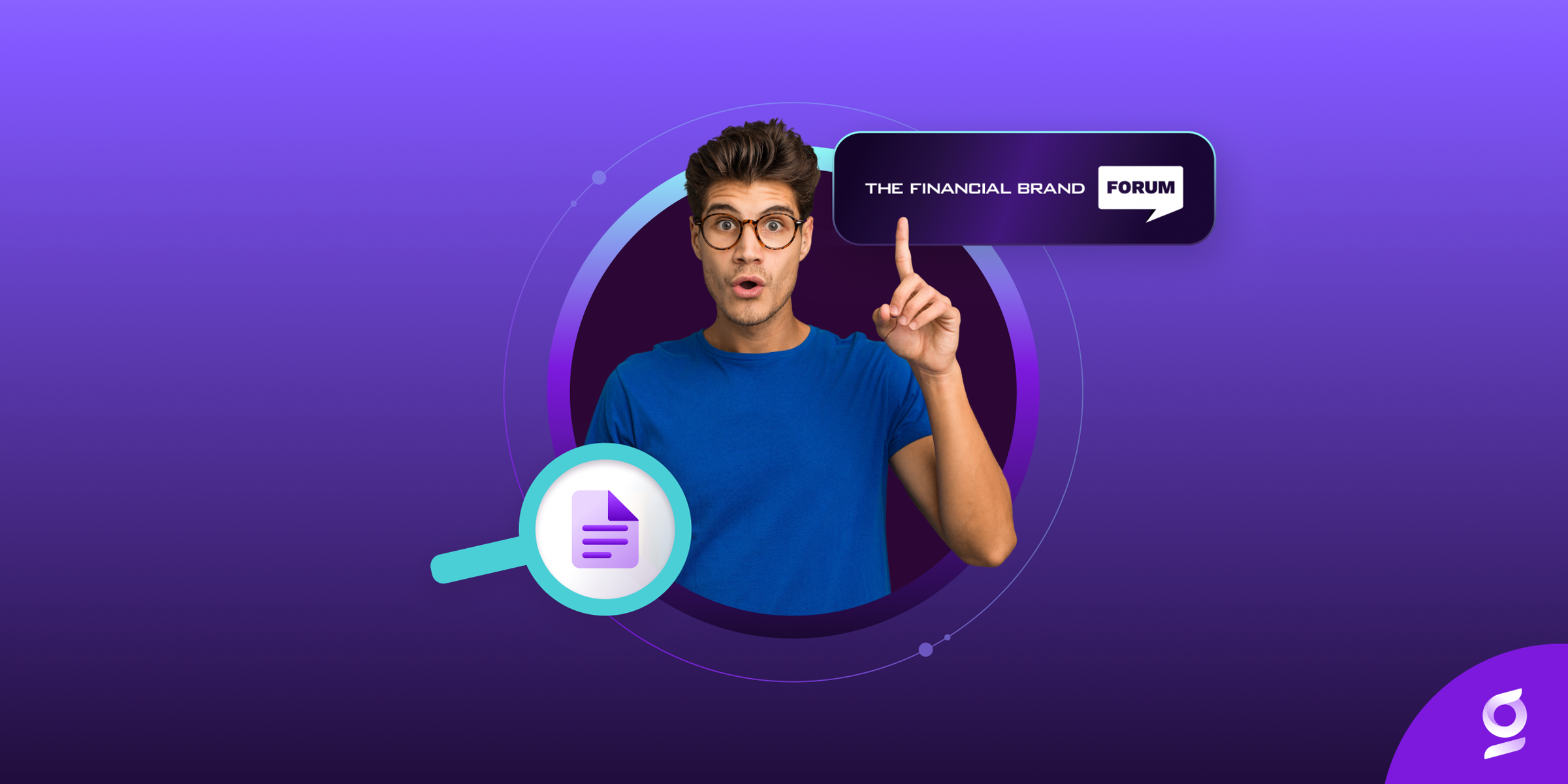What typically happens when a new prospective customer lands on your website? Attracting visitors on your web properties is only half the battle, but what happens next can make or break a relationship. Recent events have vastly accelerated digital banking projects and one observation from traditional banks and credit unions has been that even if the basics, like opening an account online, are in place – often, it still requires an in-person visit to a branch or picking up the phone to call in which makes for a disconnected customer or member experience.
Think about your Gen Z members, they grew up surrounded by intuitive and easy to use mobile apps, social media, video conversations, chat and AI. It appears that challenger banks have the advantage with this generation, given their agility and heavy focus on apps, but is speed really a factor when choosing a banking provider? Gen Z, who very much enjoy face-to-face interactions, is eager to avoid the same mistakes of older generations. It all comes down to communication, overall experience and customer service which can sometimes be lacking in the banking industry.
Smaller community banks and credit unions are doing their best to attract new customers and members, and are often successful when fostering a sense of community and peer references. A Raddon study found that the younger generation is still fond of megabanks and ⅕ of Gen Z representatives already have a relationship with Bank of America. However, it can be hard to compete with robust mobile apps and gigantic marketing budgets. What are some of the things community banks and credit unions can offer that megabanks can not? Better rates, a sense of community and personalized customer experiences are just some things that could make a world of difference. Combine this with thoughtful and spot-on UX/UI for your web flows while maintaining the human-to-human connection and we’re pretty close to the winning formula.
To circle back, imagine new Gen Z member lands on your website, and their web behavior (whether on web or mobile) indicates that they’re interested in opening an account. The visitor clicks on ‘Open an Account’ and, as the application page loads, they receive an alert that someone is there to help answer any questions they might have about new checking account options. As the visitor starts filling out the form they engage in a conversation with a Virtual Assistant (VA) but if the questions get too difficult, the VA quickly transfers the engagement to a Customer Service Representative (CSR) who is happy to walk them through the process. After a quick CoBrowsing-enabled Audio or Video Chat (according to Gen Z preferences) the account is successfully opened and the visitor is happy with the overall experience.
Digitizing your entire online customer or member experience is not something that happens in a day. It’s a journey best achieved through a well-planned, phased approach. Building out self-serve channels can be a challenge, but the benefits to doing so are worth the effort for your business, customers and employees.





